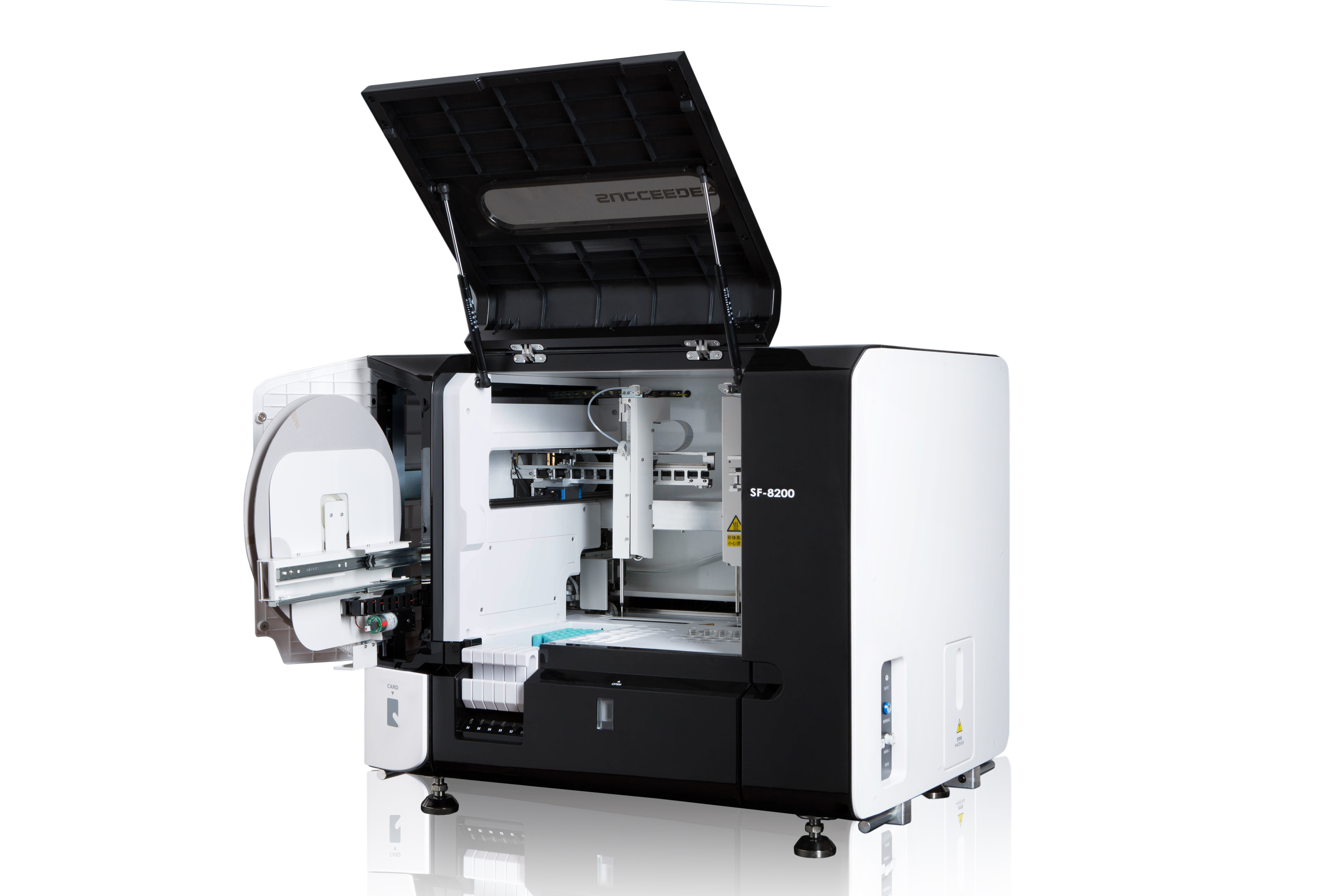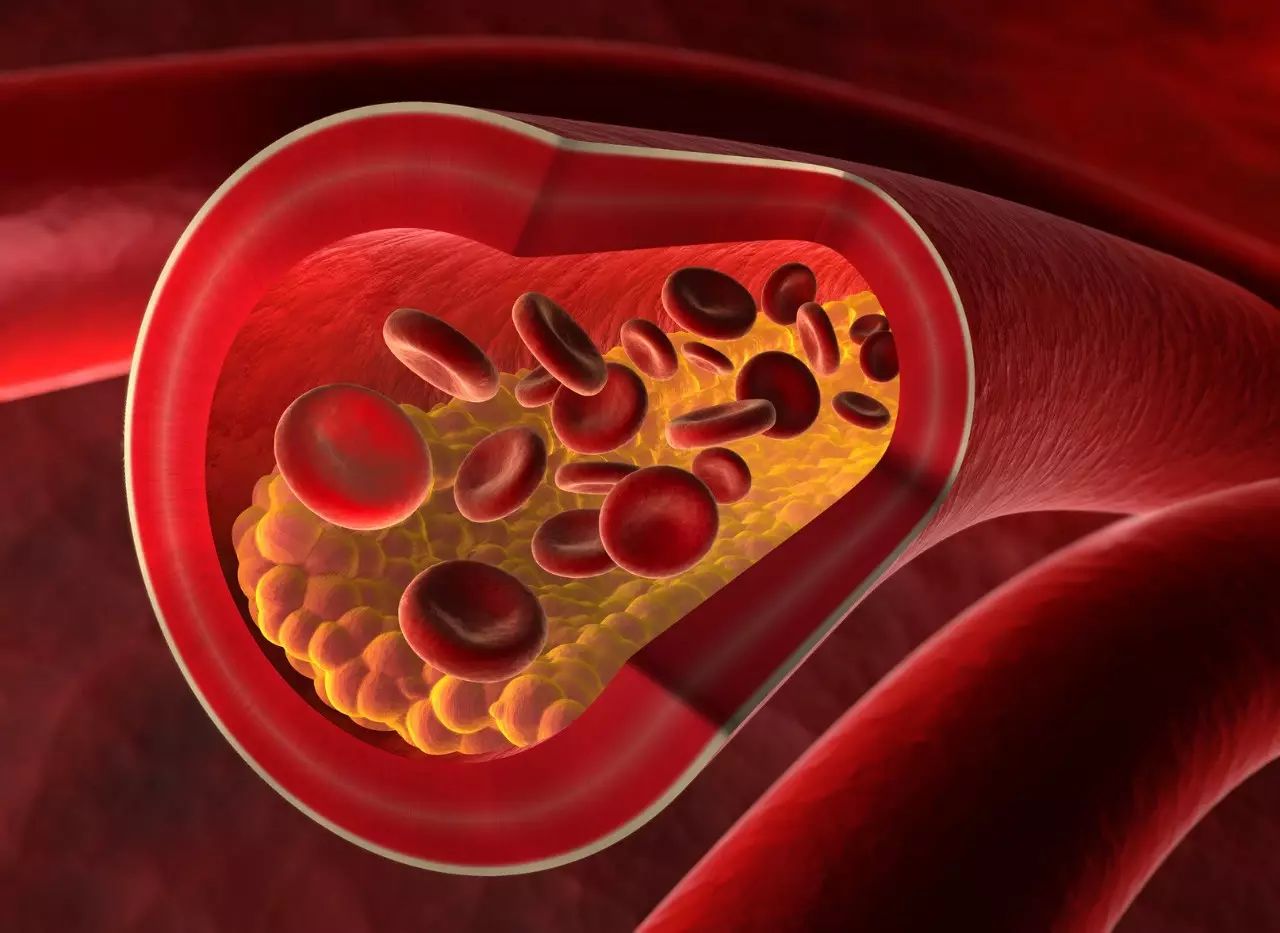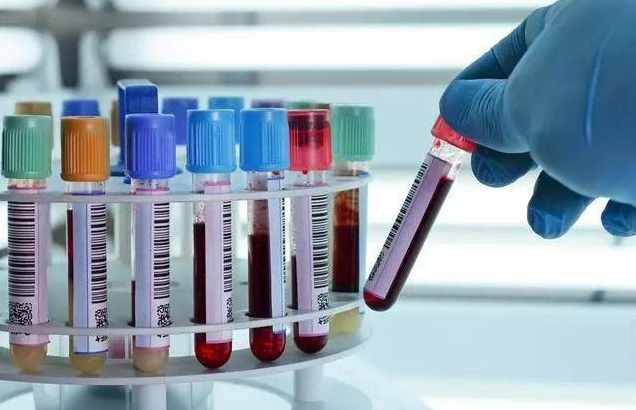-

What is a Blood Coagulation Analyzer Used For?
This refers to the whole process of plasma changing from a fluid state to a jelly state. The blood coagulation process can be roughly divided into three main steps: (1) the formation of prothrombin activator; (2) the prothrombin activator catalyzes the conversion of prot...Read more -

What Is The Best Treatment For Thrombosis?
The methods of eliminating thrombosis include drug thrombolysis, interventional therapy, surgery and other methods. It is recommended that patients under the guidance of a doctor choose an appropriate way to eliminate thrombus according to their own conditions, so as to ...Read more -

What causes a positive D-dimer?
D-dimer is derived from the cross-linked fibrin clot dissolved by plasmin. It mainly reflects the lytic function of fibrin. It is mainly used in the diagnosis of venous thromboembolism, deep vein thrombosis and pulmonary embolism in clinical practice. D-dimer qualitative...Read more -
.png)
The Development of Coagulation Analyzer
See Our Products SF-8300 Fully Automated Coagulation Analyzer SF-9200 Fully Automated Coagulation Analyzer SF-400 Semi Automated Coagulation Analyzer ... Click Here What is Coagulation Analyzer? A coagul...Read more -

Nomenclature of Clotting factors (coagulation factors)
Clotting factors are procoagulant substances contained in plasma. They were officially named in Roman numerals in the order in which they were discovered. Clotting factor number: I Clotting factor name: Fibrinogen Function: Clot formation Clotting factor n...Read more -

Does elevated D-dimer necessarily mean thrombosis?
1. Plasma D-dimer assay is an assay to understand secondary fibrinolytic function. Inspection principle: Anti-D-D monoclonal antibody is coated on latex particles. If there is D-dimer in receptor plasma, antigen-antibody reaction will occur, and latex particles will aggr...Read more





.png)


 Business card
Business card Chinese WeChat
Chinese WeChat English WeChat
English WeChat